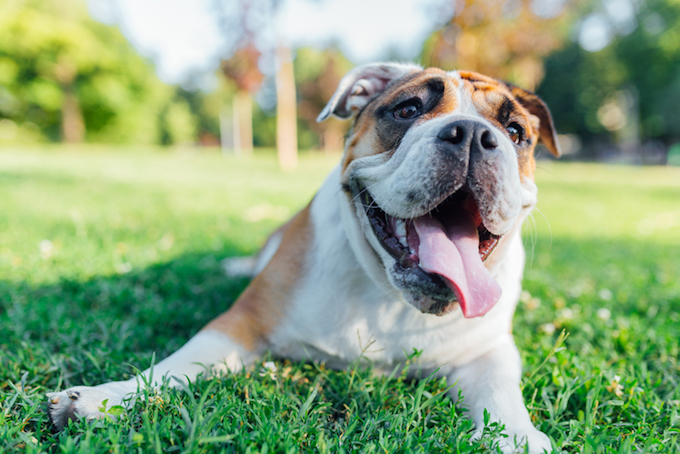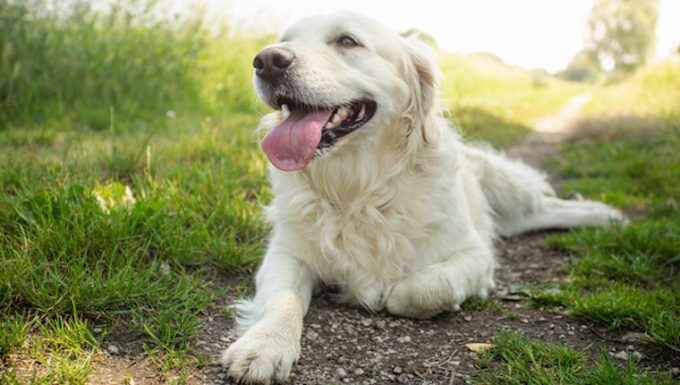Increased heart rate due to premature contractions in dogs causes a very high heart rate. The condition can be life-threatening.
Technically, the condition is also known as ventricular tachycardia in dogs. The condition is sometimes shortened to VT.
Specifically, the condition is one of three types of tachycardia dogs can suffer from. You can read more about tachycardia and dogs in general here.
If you see the signs of the condition in your dog, then get to a veterinarian for a proper diagnosis and treatment.
Here’s what you should know about the symptoms, causes, and treatments for the condition.
Symptoms of Increased Heart Rate Due to Premature Contractions in Dogs
The condition produces a range of symptoms. For example, some of the most common symptoms include:
- Very high heart rate
- Weakness
- Panting
- Shying away from exercise
- Congestive heart failure
- Fainting
Additionally, in some cases a dog with the condition does not show any symptoms. This is called being asymptomatic.
Causes of the Condition in Dogs

The cause of the condition can be one of many things. For instance, some of the most common causes include:
- Myocarditis
- Cardiomyopathy
- Heart inflammation
- Chronic valve disease
- Taking too much digitalis (heart medicine)
- Pancreatitis
Treatments for the Condition in Dogs
Firstly, your vet will ask about your dog’s symptoms. Secondly, your vet will ask about your dog’s full medical history.
Thirdly, a full physical examination will be carried out. Blood and urine tests will also be taken.
Additionally, an electrocardiogram (EKG) can monitor the condition of your dog’s heart. This will show up any problems or irregularities.
Usually, treatment will involve fluid therapy. This is to restore your dog’s electrolytes.
Generally, medication is used to stop the condition happening again. As always, if your vet prescribes your dog any medicine, make sure to stick to the correct dose and frequency instructions. Also, complete the full course of medicine.
Finally, dogs recovering from the condition should have their exercise reduced. Your vet will come up with a safe plan for your dog.
Have you ever cared for a dog who suffered from this condition? How did your vet help your dog recover? Let us know in the comments section below.









